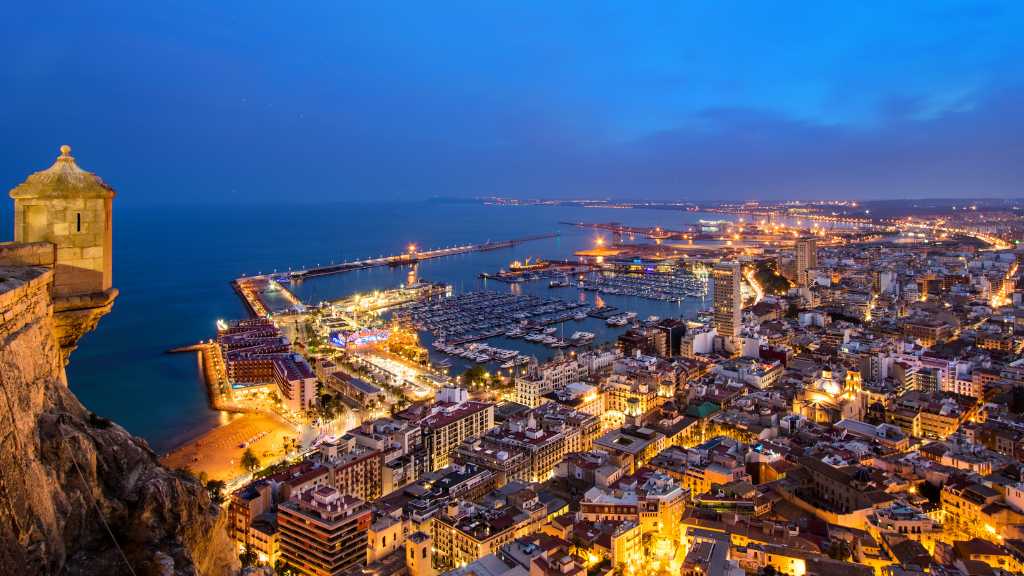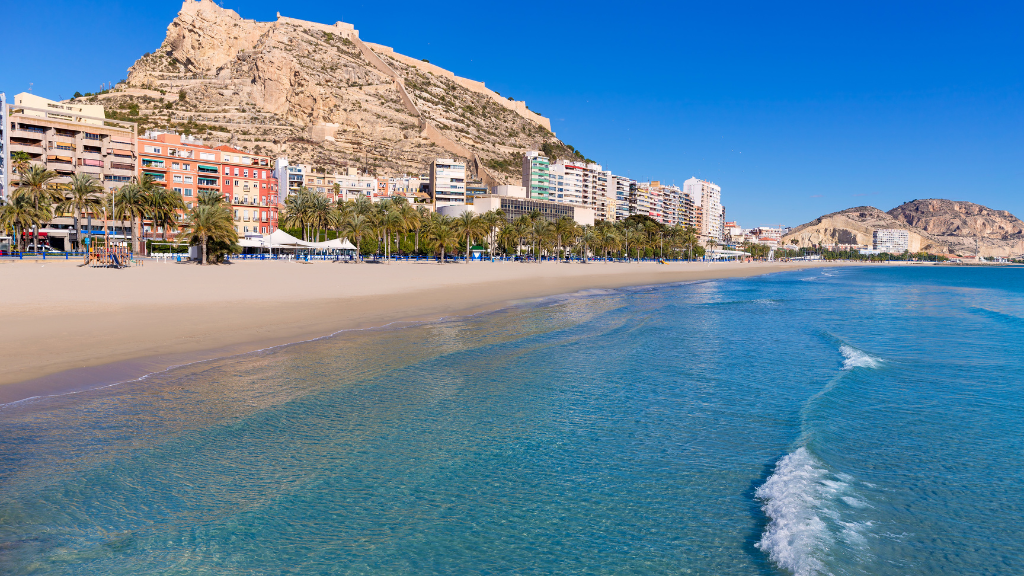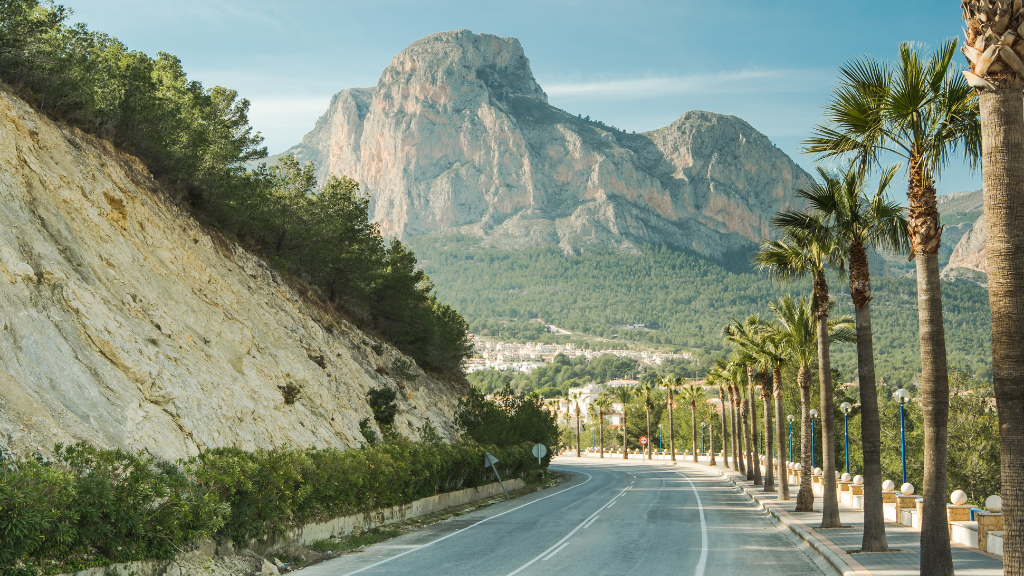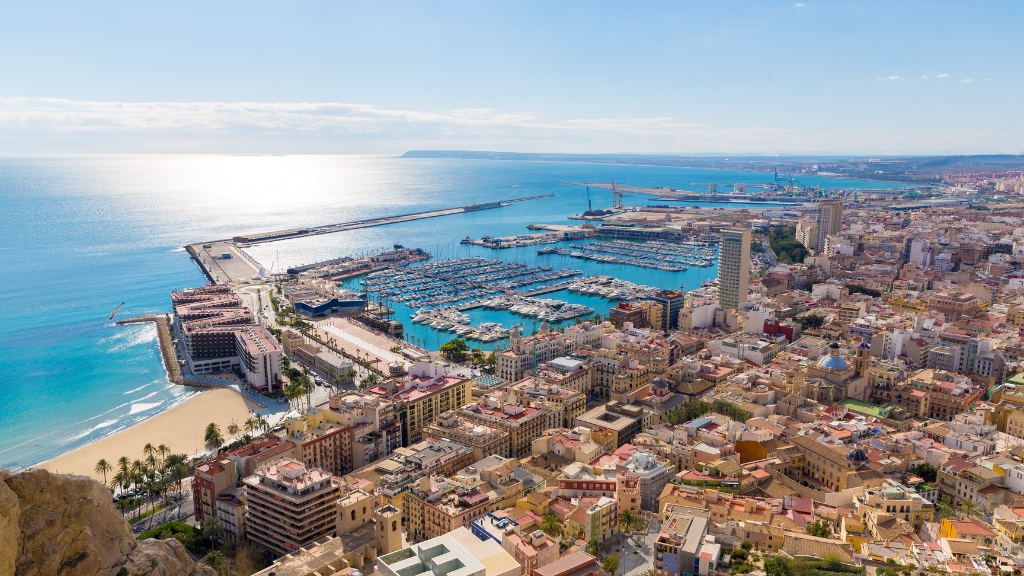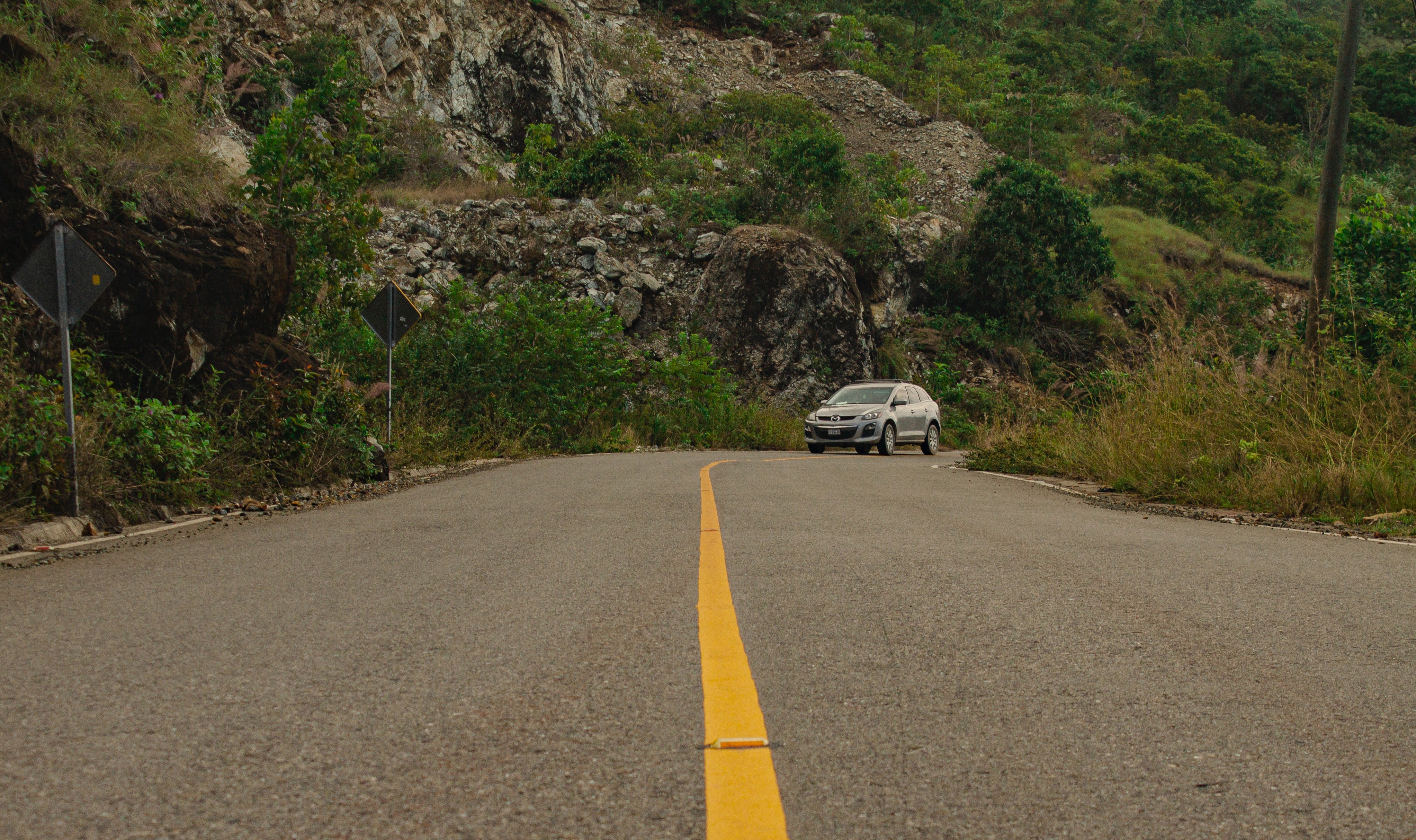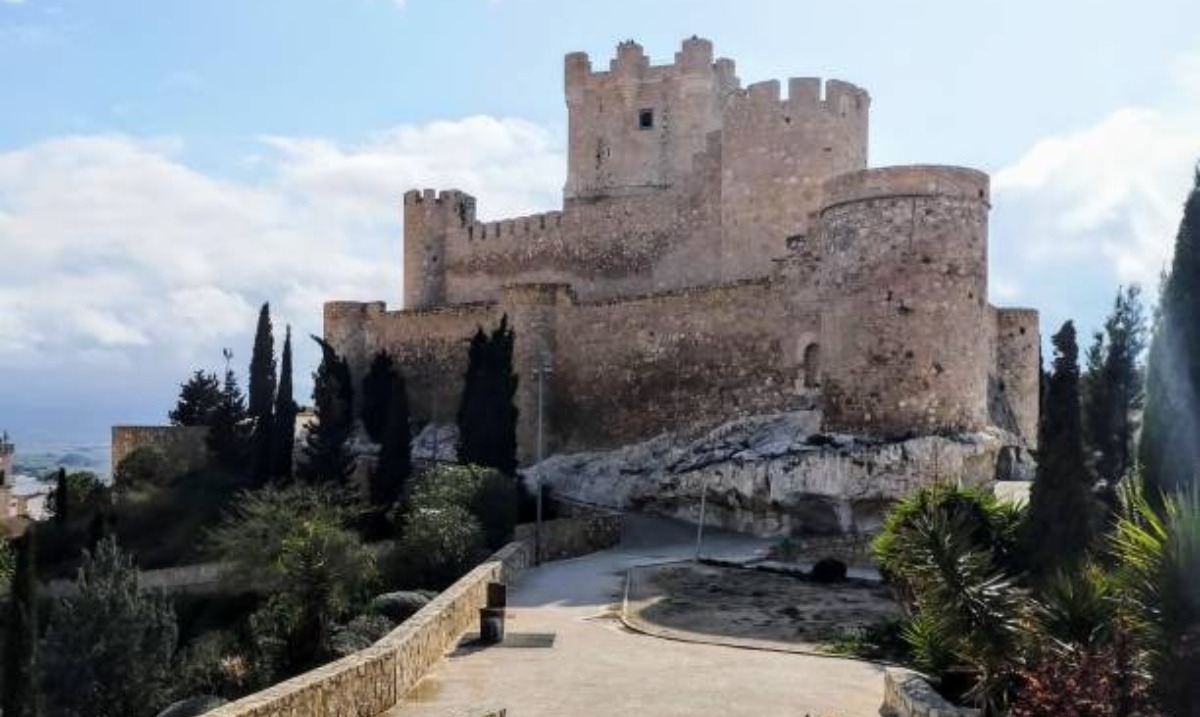Alicante travel guide: Everything you need to know about the city and region
Alicante is one of those places that combines everything you are looking for in a holiday destination. The city itself is already worth a visit, but in its surroundings you can find absolute paradise. With this travel guide, you will learn everything you need to know about Alicante. Whether visiting ...
See more >>


